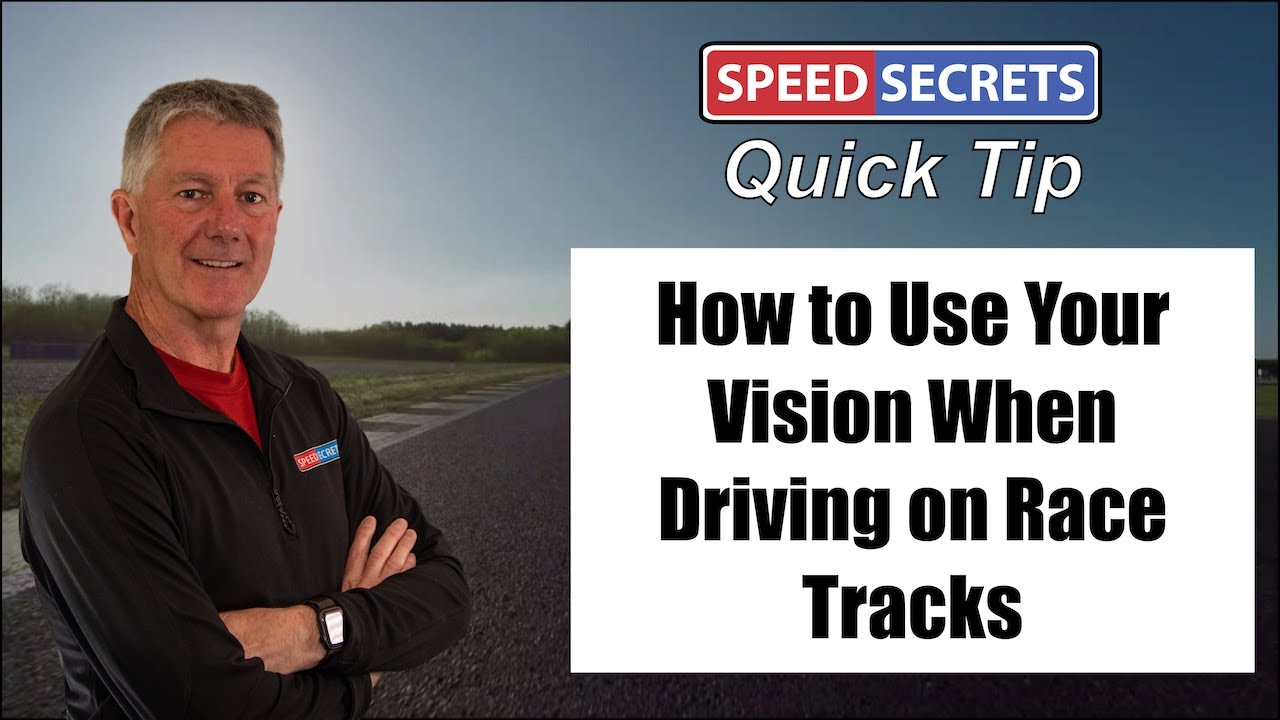Q: “I’m told to look far ahead on the track, but where? That advice seems vague – how far ahead, and at what?”
A: Certainly, looking far ahead is good advice for the track. But yes, how far? Is it possible to look too far ahead? Yes, you can, if you keep your visual focus out there for too long. You should be moving your visual focus from way out in front of you – almost as far as you can physically see – to key reference points you use to guide you around the track, and back again. As a very general guideline, the key references you’re looking for at are “two ahead.” Let me use an example to explain what I mean by that.
Imagine you’re approaching a corner. As you get into the brake zone, the next key reference is where you’re going to initiate your turn into the corner – the turn-in point. That’s “one ahead.” While you’ve identified it, and can see it, your eyes should be glancing ahead, looking for the apex – that’s the next key reference, and it’s “two ahead.”
As you get close to the turn-in point, you trust your peripheral vision to ensure that you’re actually turning the steering wheel at the turn-in point. By that point on the track, you should be glancing way up ahead, looking for the exit/track-out point – that’s “two ahead” since it’s past the apex.
If, the next time on track, you think about this guideline of looking “two ahead,” but ensure that your vision is going from a quick glance way ahead – past the “two ahead” reference – and then back to the key reference, quick glance ahead, back to the next key reference, and so on. All this time, you’re using your peripheral vision to check your progress and make minor adjustments as you’re passing these key references.
So, there’s a process or system to this:
- Glance ahead to give your brain a long-term picture and target for where you’re going, as well as checking to see that everything is clear. This glance is just that – a glance, and it’s very quick.
- Focus on the key references (Begin-of-Braking, Turn-in, End-of-Braking, Apex, Exit/Track-out) that are “two ahead.” You should spend a little time focused on this part of the track, but still, it’s a quick move of your vision from the glance to these references, and back again. You can think of it as spending about twice as long looking at these references than you do on the glance ahead.
- Peripherally, check your progress, while being aware of everything around you – other cars, conditions, and second-level references.
As you can see (no pun intended), your vision is never in one place for any length of time, as it’s flicking and scanning ahead (Glance), back to mid-distance (Focus), ahead, peripheral, and so on. And as an overall theme, “look way ahead.”

